![7 benefits of eco-friendly home designs [November 2023 Update]](https://dsarchitecture.com.au/wp-content/uploads/2017/02/48Jenolan-p5136.jpg)
7 benefits of eco-friendly home designs [November 2023 Update]
Tips and AdviceIf you own property, or have any interest in real estate, then you’ve probably heard the terms eco-homes or sustainable homes! Although these terms can mean different things to different people, regardless of how you interpret them one thing is for sure – sustainability is an important consideration for all new home or renovation designs, both for environmental reasons and financial ones. Now that we’ve established the importance of sustainability, here are 7 benefits you need to know when choosing eco-friendly home designs!
1: Eco advantages
![7 benefits of eco-friendly home designs [November 2023 Update]](https://dsarchitecture.com.au/wp-content/uploads/2017/11/dkp_DS_Joynt23M-300x200.jpg)
Eco-friendly home designs not only save money, they also add to the comfort of your home.
Rising electricity and water costs are beginning to have a significant impact on household budgets, and anything that can reduce power, gas, or water consumption is a welcome relief to many homeowners.
These rising costs mean additional savings on these resources that can be achieved in any new home or renovation design can quickly start to pay for themselves – ultimately resulting in significant long-term savings!
Some people still mistakenly believe that eco-friendly home designs mean going without comforts, or living like you’re camping in your own home, however in 2023 this couldn’t be further from the truth.
The basic concept behind eco-housing is simply that you can maintain a comfortable temperature inside your home, with little to no need for additional electronic heating or cooling. Sustainability also means keeping your garden alive without the constant need to water it.
In conclusion, the goal of eco housing isn’t to go without – it’s to spend less time and money living just as comfortably as you do now! A well optimised eco design means you can comfortably live in your home without needing to turn on the air co, it means your garden looks great without the need to spend hours watering it, it means you have less reliance on natural resources with highly fluctuating prices.
2: Home insulation
![7 benefits of eco-friendly home designs [November 2023 Update]](https://dsarchitecture.com.au/wp-content/uploads/2017/11/1880-300x200.jpg)
A well-insulated home is more comfortable and more affordable.
Reducing power consumption is a great way to be environmentally friendly, with the benefit of lowering your power bill – and one of the best ways to start your journey towards lowered power consumption is by installing home insulation, if you haven’t already.
Ceiling insulation is becoming a standard on many new homes now – and for good reason! It can save you significant money on your power bills over the long run.
Wall insulation is less common, but it can also be highly effective at keeping the heat out in summer, while retaining it in winter. Wall insulation also has the added benefit of reducing noise – particularly if you choose a soundproofing style of wall insulation.
If your home is raised off the ground, floor insulation can also help lower energy consumption. It’s important to mention though – you need to weigh up what savings floor insulation might achieve against the cost of installing it.
The main advantage offered by insulation is not necessarily that you never need to switch on your air-conditioner or heater, as at times you will. The advantage that draws me to recommend insulation is that you don’t need to run these pieces of equipment as long or as frequently – because less of your conditioned air will escape.
3: Harnessing the power of passive solar designs

The summer sun moves in a higher arc through the sky than the winter sun. As a result of this a well design verandah can let the warm winter sun strike the windows and wall whilst keeping the harsh summer sun off these surfaces as shown in this diagram.
Many mass-produced modern homes, particularly two-storey homes, heat up dramatically on a summer’s day due to the amount of sun striking their windows and walls.
Having sunlight strike your home on cold winter days is highly desirable but during the warmer months, a well-designed home will keep the heat off the exterior of the home as much as possible. Thankfully, there are some very easy and attractive ways to do this.
One of the best ways to harness the benefits of passive solar is through the use of verandahs which allow the winter sun to strike the windows and walls, but block much of the harsher sun during the summer months.
Of course, verandahs don’t suit every home, but for those that aren’t suited you can still have oversized eaves and window awnings which can be used to create a similar shading effect.
4: Natural airflow
Here in Southeast Queensland we are blessed by beautiful cool sea breezes on all but the hottest of days. If we’re blessed with this natural asset – doesn’t it make sense that your home design should allow you to make the most of this? Unfortunately, not every home is designed in such a way that it can harness this natural resource.
Healthy, cooling breezes can be captured and directed through your home through the use of shutters and/or louvres allowing you to regulate the amount of airflow quickly and easily. In addition to this, having windows that can be locked in a partially open position can help to allow breezes a way to pass through your home without compromising on your home security.
Of course, there is more to natural ventilation than simply opening a window – the idea that you can point a window in the direction of the prevailing breezes and expect to have a cool home in the summer is a commonly shared misconception.
Any breeze coming in through a window needs somewhere to go – if it simply strikes a wall then it might swirl around that one room, but chances are that it will be very ineffective at cooling the rest of your home. If you want to truly make the most of all the benefits natural airflow has to offer, then you’ll need to have your project designed by an architect who understands cross-ventilation and eco-friendly home designs. Architects have to undergo a wide range of training and assessments to become registered and this experience will far outweigh the amount of knowledge I could give you in one, or even many, blog posts!
5: Water saving and harvesting
![7 benefits of eco-friendly home designs [November 2023 Update]](https://dsarchitecture.com.au/wp-content/uploads/2017/11/dkp_DSA010M-300x200.jpg)
Swimming pools have the potential to waste a lot of water through evaporation. But things like pool covers and rainwater diverters can help to reduce the amount of water needed to keep your pool topped up.
Due to us having both a growing population and a changing climate, water is fast becoming a more precious resource. As with every commodity, the prices are shooting up as the demand does! Source: My rates notice!
Anyway, my point is that it’s a growing advantage for any home to minimise water usage, while simultaneously maximising it’s water harvesting potential.
One of the average home’s major areas of water loss revolves around hot water – or more specifically a lack of hot water. In many homes, when you turn the hot water tap on – the water that comes out is far from hot. If this is the case in your home, it is due to the fact that it has cooled in the pipes after it left the hot water system.
This leads me to my next suggestion – you can have virtually instant hot water by simply having insulated hot water pipes, and combining them with an inexpensive to run hot water circulation pump!
There are literally DOZENS of water saving techniques and devices available that I’m sure your home design, and your wallet, will benefit from in the long run. Even the simple changes, such as having a dishwasher with a high water rating, or using water saving showerheads.
It’s important to remember though – sustainability and cost savings aren’t JUST about cutting back on water consumption in your home. Harvesting water can be just as important, and just as beneficial for the environment and your finances.
Mention water harvesting and most people immediately think of rainwater tanks. Rainwater tanks are great – but they are only one of many options at our disposal. Have you considered greywater systems? Have you considered diverters that divert water from your gutters into your swimming pool?
With all these options, and many more, so readily available – it is now more important than ever to engage an architect who understands the intricacies of the different options available, and who can advise you on the ones that will best suit your particular needs.
We’re living in an age of technological innovation – but advanced technological solutions are only useful to people who are aware of their existence! If you aren’t sure whether your architect stays up to date on new technology and solutions, ask them some questions!
6: Natural lighting
![7 benefits of eco-friendly home designs [November 2023 Update]](https://dsarchitecture.com.au/wp-content/uploads/2017/02/Celestory-300x200.jpg)
A clerestory is a great option for bringing light into your home. It is also great for ventilation.
Every time I see a home that needs to have the interior lights on even on sunny days, I sigh to myself and think “what a waste”. Not only is this a waste of electricity – but to me it’s also a waste of potential. There are so many benefits to sunlight and natural lighting, so if it’s not already too late – try to make sure your home uses some of nature’s resources!
Along with the mental health and aesthetic benefits, given the rising cost of electricity it is a considerable financial advantage to have a home design that takes advantage of natural lighting.
Skylights and tubelites are one of the more common approaches that people take to gain access to natural lighting, however these often just mask design defects within the home that are better addressed through a high-quality renovation. In the case of a new home, the obvious solution is just to introduce natural lighting into the home by creating a better initial design!
7: Material considerations
The choice of materials used in the construction of your new home or renovation, along with the fittings and finishes you choose, will all age and wear over time – eventually requiring replacement or some form of ongoing maintenance.
![7 benefits of eco-friendly home designs [November 2023 Update]](https://dsarchitecture.com.au/wp-content/uploads/2017/02/48Jenolan-p5136-300x200.jpg)
Choosing the right materials and finishes, combined with getting the best quality work done to start with, can save you a lot of time and expense in ongoing maintenance.
Not all materials wear at the same rate, some finishes require more maintenance than others and can be time consuming and expensive.
Slate is a great example of this – whilst it is not really a commonly used material these days, with imitation slate finishes more popular, on the occasions where it does get used – the owner of the property will find that it regularly needs resealing.
Recently a client that I spoke with told me that he had used slate as the edging around his swimming pool on a previous property. It looked great, and gave him the visual effect he was after, but the constant need to reseal it to stop it flaking and breaking away and was an enormous burden on his time! Added to this was the fact that the slate needed to be completely dry and dust-free before the sealant could be applied.
You can imagine the fun that comes along with trying to remove all dust and water from the edging of a swimming pool! Needless to say, even if you like a certain look, an experienced architect can often find you alternative materials that will balance your preferred look with the functional considerations.
For example, travertine – a form of limestone – is very popular today. Travertine has been around for centuries, and can be used inside, but is more commonly used outside. It is a far better choice for swimming pools than slate, as it doesn’t get overly slippery when wet and it’s quite cool to walk on even on hot days. Other forms of limestone and sandstone are also popular today, and tend to be hard-wearing and therefore need less maintenance.
So if you’re thinking about building or renovating and want the benefit that comes with an architect who has focused on sustainability for 30+ years, contact our office today and let us give you the eco-advantage.

DION SEMINARA, DION SEMINARA ARCHITECTURE
We are experts at home design, renovations and new homes and ensure good value for money outcomes.Hi, I am Dion Seminara, practicing architect and licensed general builder for 30 years as well as an environmental sustainable design (ESD) expert. I graduated from Queensland University of Technology (QUT) with honours, QLD in 1989. Registered as an architect in 1991 and registered as a builder in 1992, I am also a fellow member of the Australian Institute of Architects (AIA). Having received 12 ArCHdes Residential Architecture Awards, LJ Hooker Flood Free Home Design Award and the 2016 AIA Regional Commendation for Public Architecture, my expertise with both residential renovation (to all types of houses, especially Queenslanders, 50s/60s/80s), new contemporary homes and luxury residences has earned me a reputation as one of Brisbane's architectural specialists in lifestyle design architecture, interior design and landscape design.

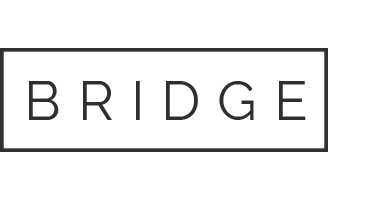
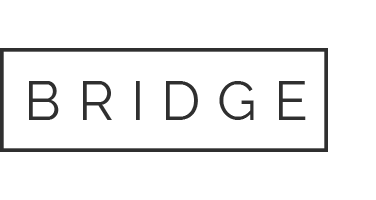

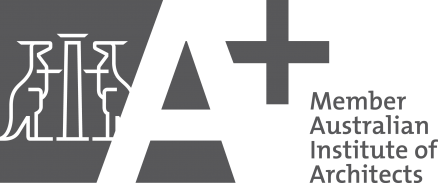
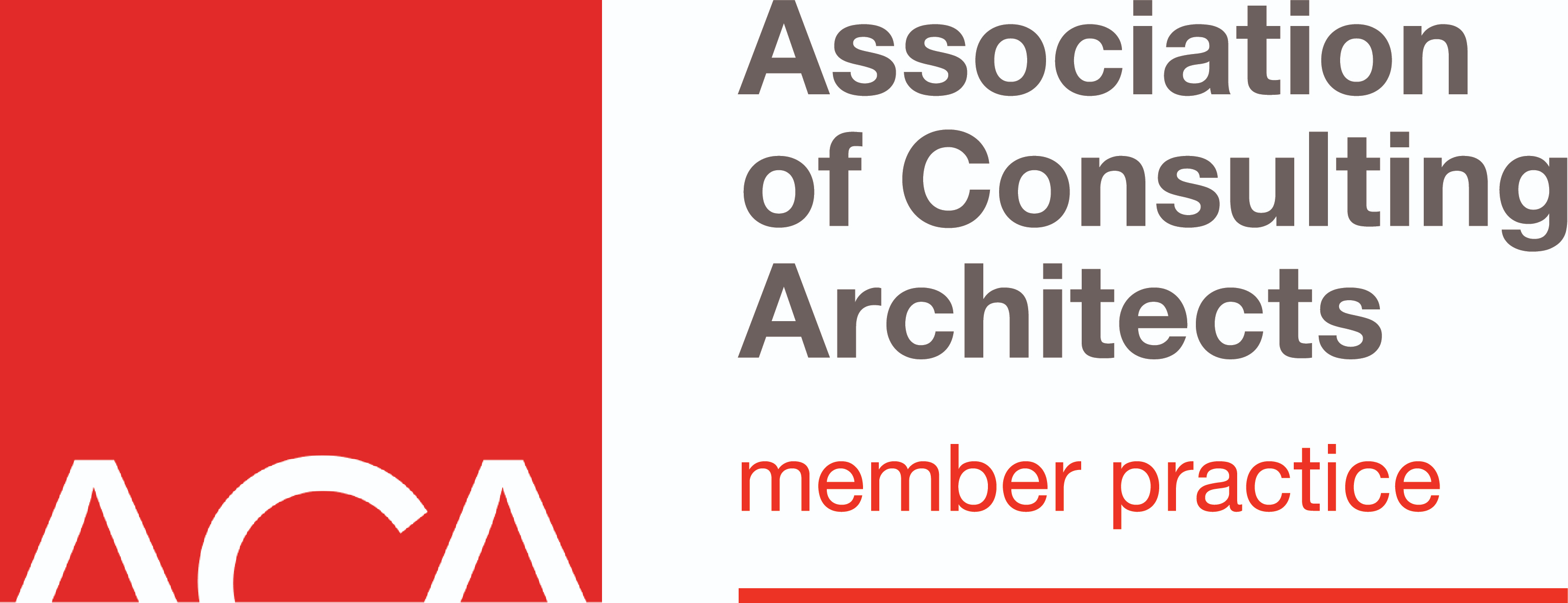
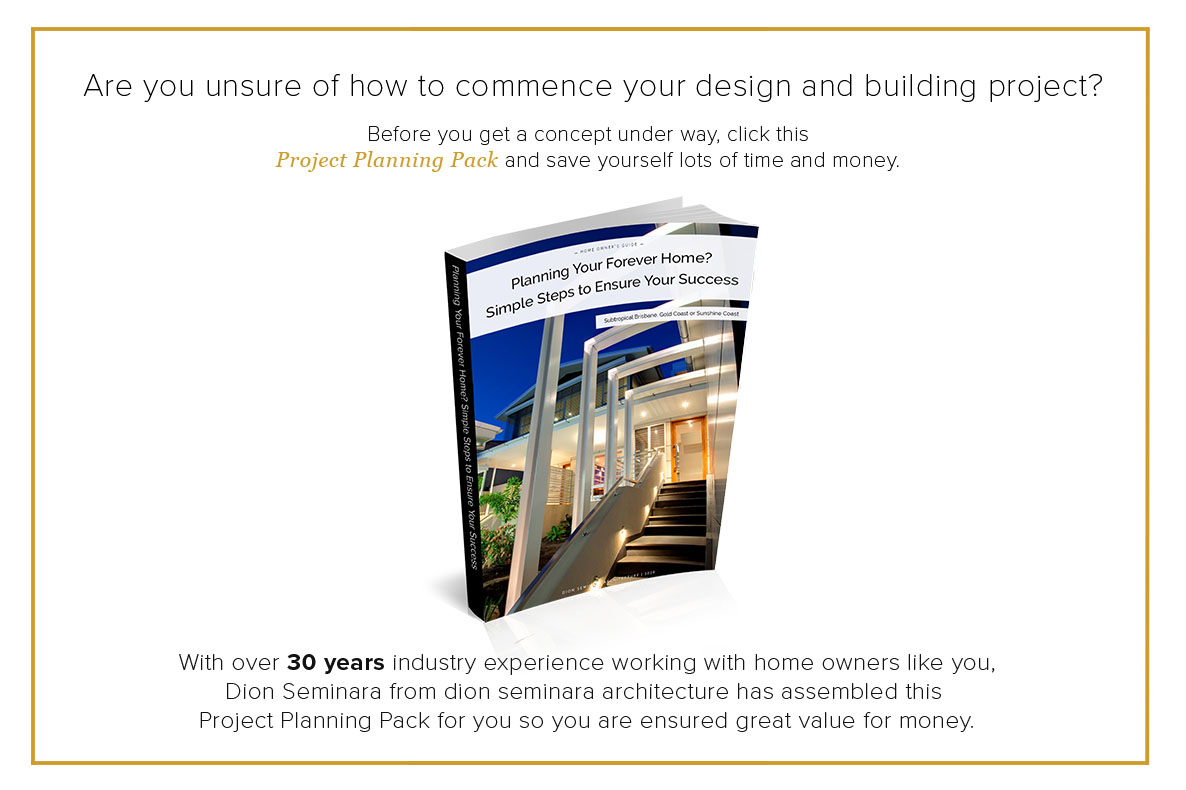
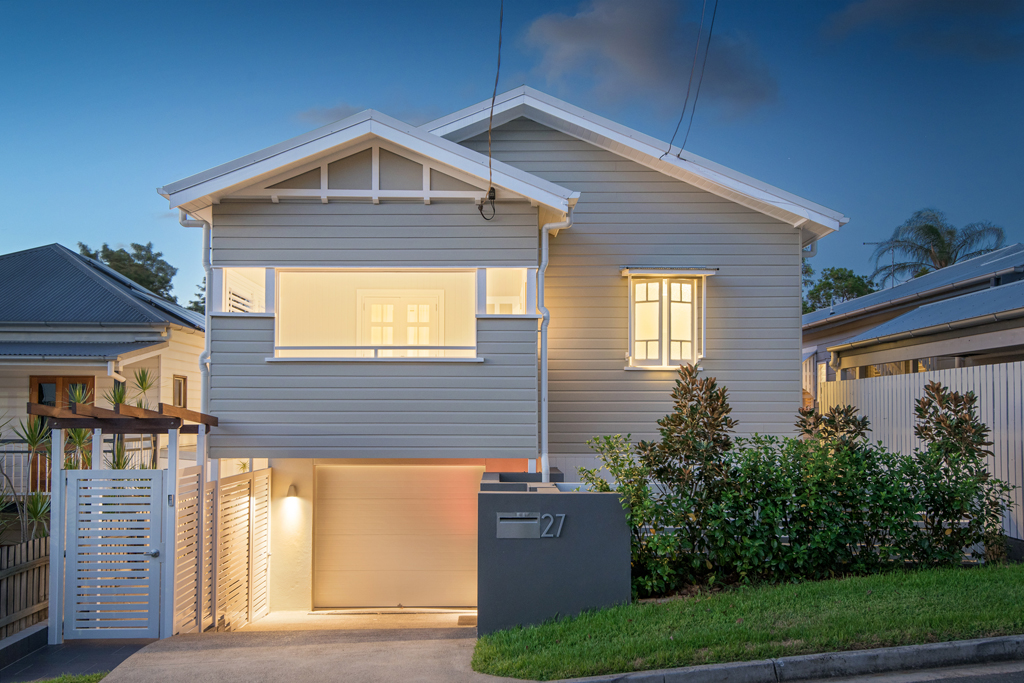
![Sloping blocks: From obstacles to opportunities! [November 23 Update]](https://dsarchitecture.com.au/wp-content/uploads/2017/07/Back-View_cam-03-1.jpg)
